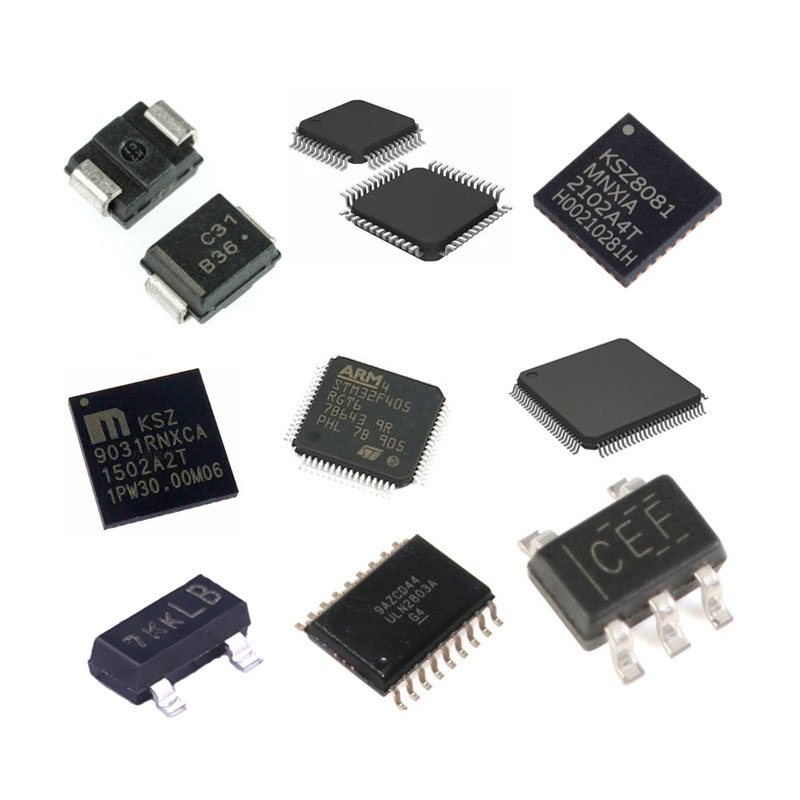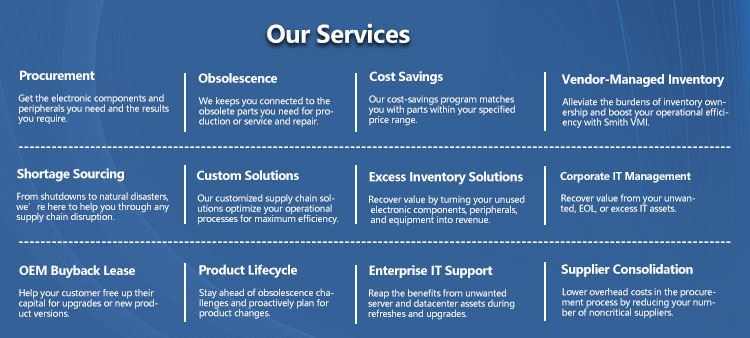
An active element is an element that is obtained by or depends on the direction of the current. Examples of active components such as transistors, thyristors, diodes, valves, etc.
A passive component is an electronic component that does not require a source of energy to perform a specific function.
Examples of passive components include many components such as resistors, capacitors, and inductors.
Simply put, devices that require energy are called active devices, and devices that do not require energy are passive devices. Active devices are generally used for signal amplification, transformation, etc., and passive devices are used for signal transmission, or "signal amplification" through directionality. Capacitance, resistance, and sense are all passive devices, also known as passive components. Passive devices do not implement control and do not require any input devices to complete their own functions----that is, they are not intelligent. Resistors, capacitors, inductors, connectors, etc. are all passive. Whereas an active device controls voltage or current, or creates switching actions in a circuit -- it's intelligent. Diodes, transistors, ICs, crystal oscillators, and sensors are all active. Also called active components.


